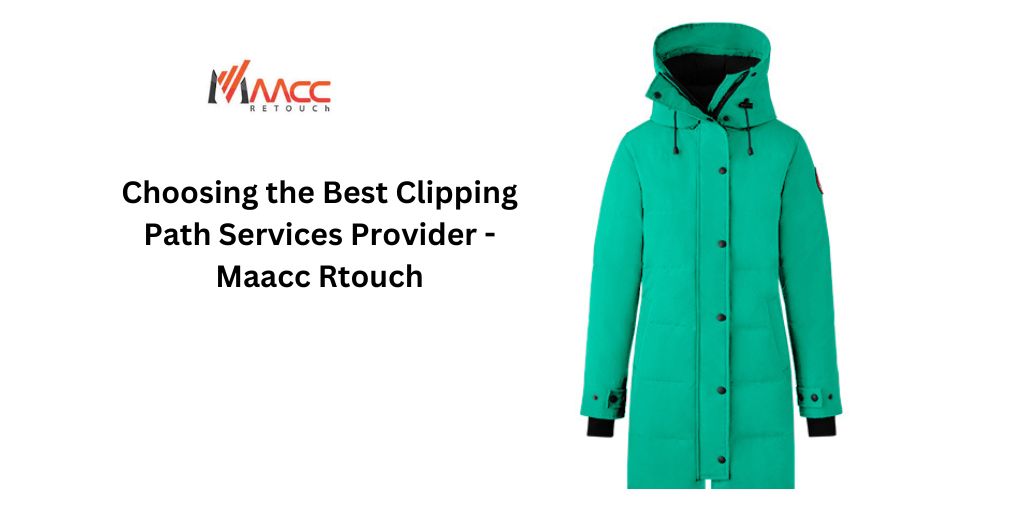Jewelry product photography is a vital aspect of the jewelry industry, serving as a primary tool for showcasing and promoting jewelry products. The images capture the intricate details, textures, and colors of the jewelry, evoking the desire and interest of potential customers. Successful jewelry photography requires careful consideration of lighting techniques, composition, styling, and color theory. In this article, we will explore the key elements, processes, and challenges in photography for jewelry and the impact of this visual marketing tool on the success of jewelry businesses.
Explanation of jewelry product photography
Jewelry photography is a specialized field of commercial photography that involves capturing high-quality images of jewelry products for various marketing and advertising purposes. The photos are used to showcase the jewelry products in a visually appealing and attractive manner, highlighting their intricate details, textures, colors, and materials.
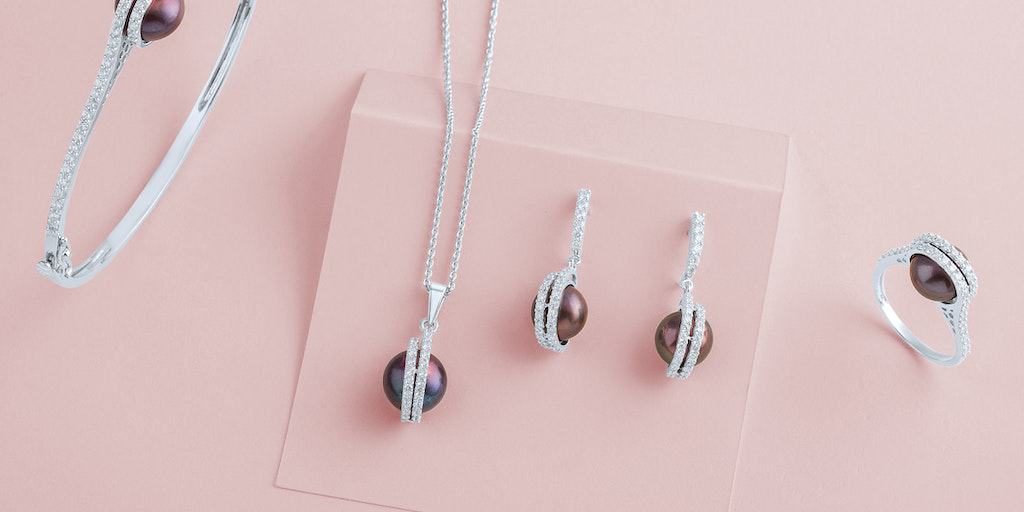
Jewelry product photography requires keen attention to detail, a thorough understanding of lighting techniques, composition, and styling, and the ability to capture the essence and beauty of jewelry products. The images aim to evoke the desire and interest of potential customers, leading to increased brand exposure, engagement, and ultimately, sales.
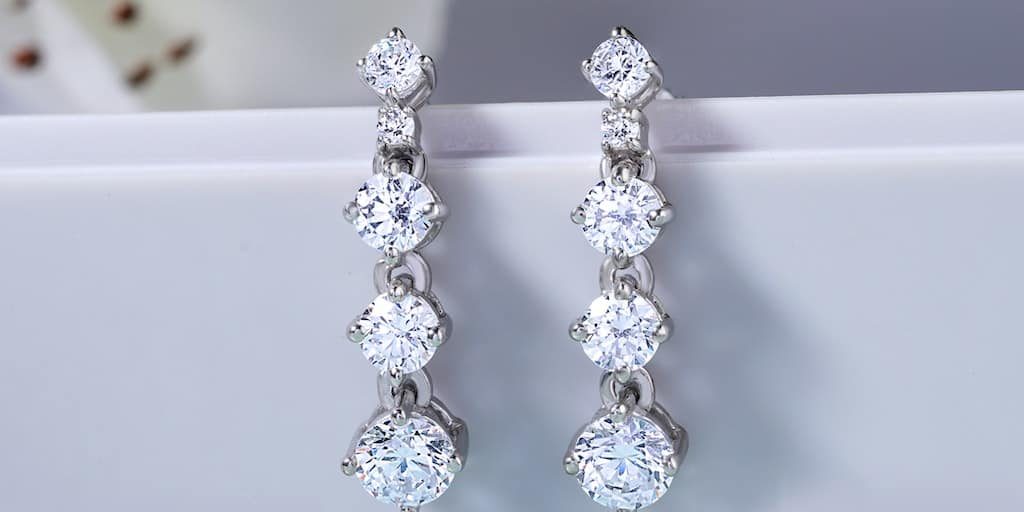
Jewelry photography is an essential aspect of the jewelry industry and plays a crucial role in differentiating brands from competitors and establishing a recognizable visual identity.
Critical Elements of Successful Jewelry Product Photography
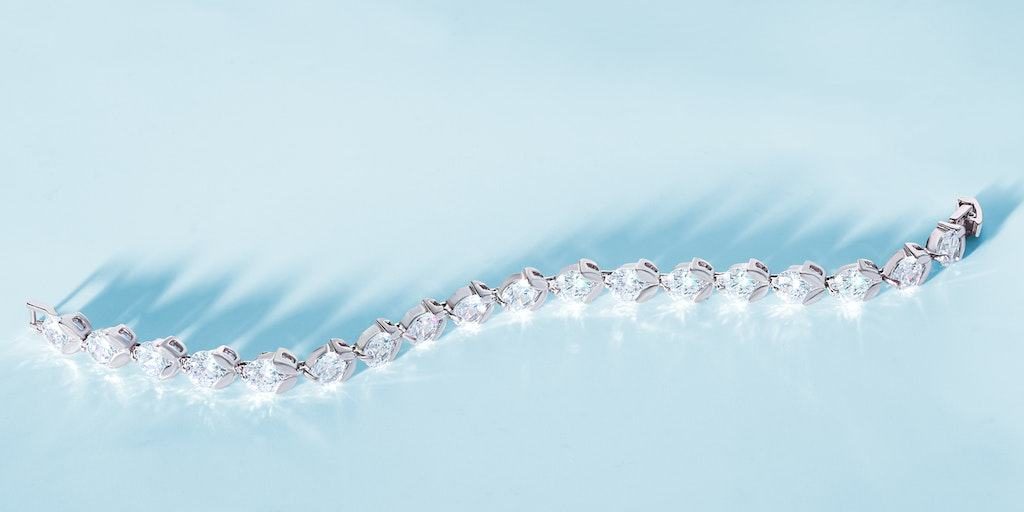
Successful photography of jewelry requires attention to lighting, composition, styling, props, color theory, and capturing texture and details. These elements can impact the visual appeal of the product.
1. Lighting techniques for capturing jewelry
Lighting is a crucial element in jewelry photoshoot as it can significantly impact the appearance of the jewelry. Proper lighting techniques can highlight the jewelry’s intricate details, texture, and color, while also minimizing reflections and glare. Photographers often use diffused natural light or artificial lighting techniques, such as diffusers or reflectors, to control and enhance the lighting.
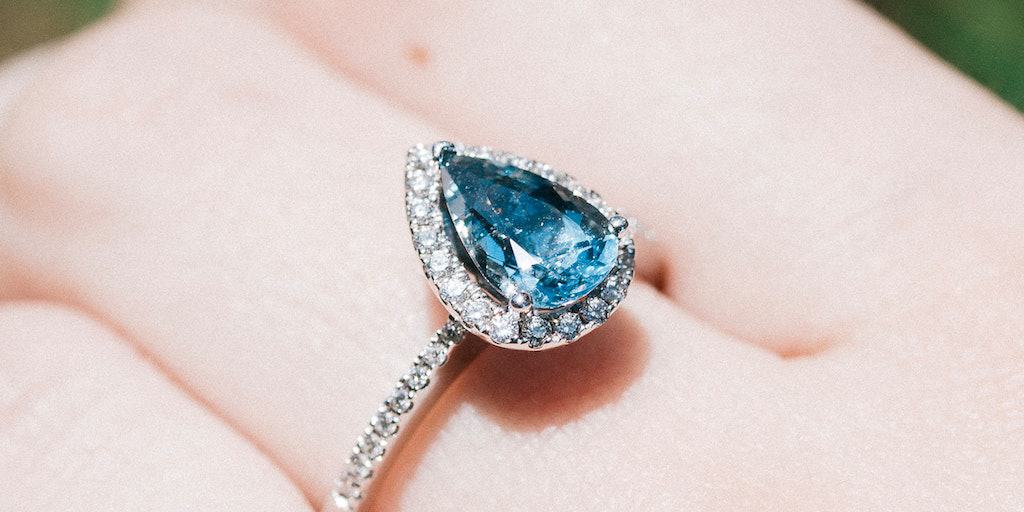
2. Composition and styling considerations
Composition and styling are essential elements in jewelry photoshoot, as they can significantly impact the visual appeal of the product. Photographers need to consider the placement of the jewelry, angles, and perspectives to showcase its best features. Styling elements such as backgrounds, props, and accessories can also enhance the overall presentation of the jewelry.
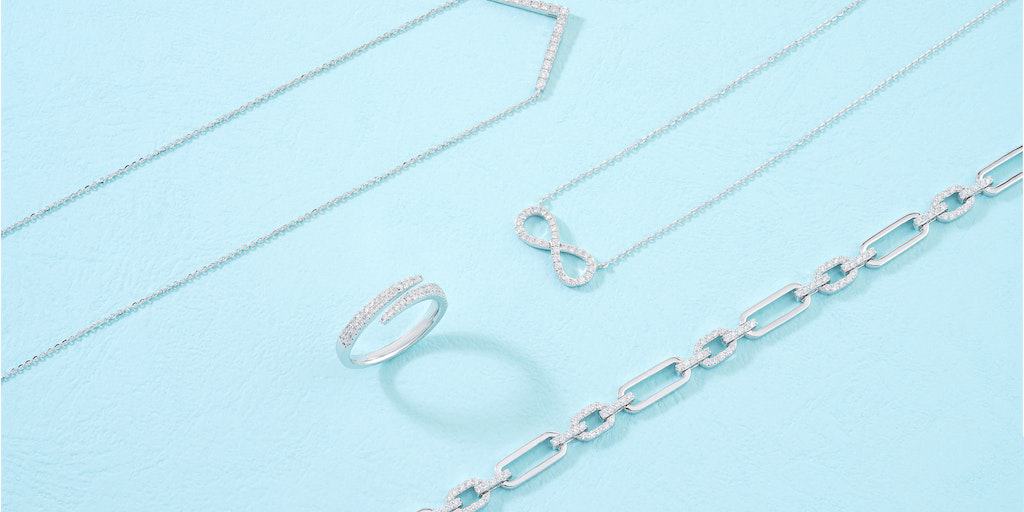
3. Props and backgrounds to enhance product presentation
Props and backgrounds play a vital role in jewelry product photography, as they can help enhance the presentation of the jewelry. The right props and backgrounds can add depth, dimension, and context to the product, making it more visually appealing and engaging.
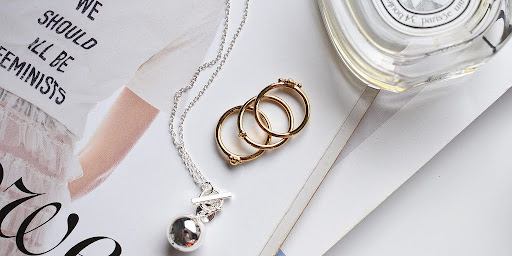
4. Color theory and its impact on jewelry product photography
Color theory is a crucial element in jewelry product photoshoots, as it can significantly impact the perception of the jewelry. Photographers need to consider the color of the jewelry, the background, and the props used to create a cohesive and visually pleasing image. The right color combinations can make the jewelry stand out, while the wrong ones can detract from its beauty.
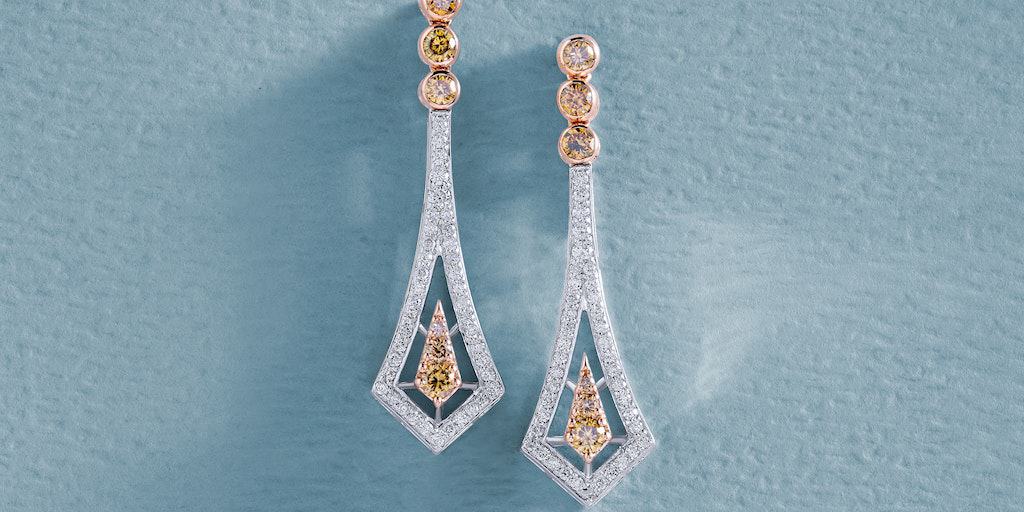
5. Importance of capturing texture and details
Capturing the texture and details of the jewelry is a crucial element in jewelry product photography. Photographers need to use macro lenses and close-up shots to showcase the intricate details and texture of the jewelry. This technique helps potential customers appreciate the quality and craftsmanship of the jewelry, leading to increased interest and sales.

Techniques and Tips for Jewelry Product Photography
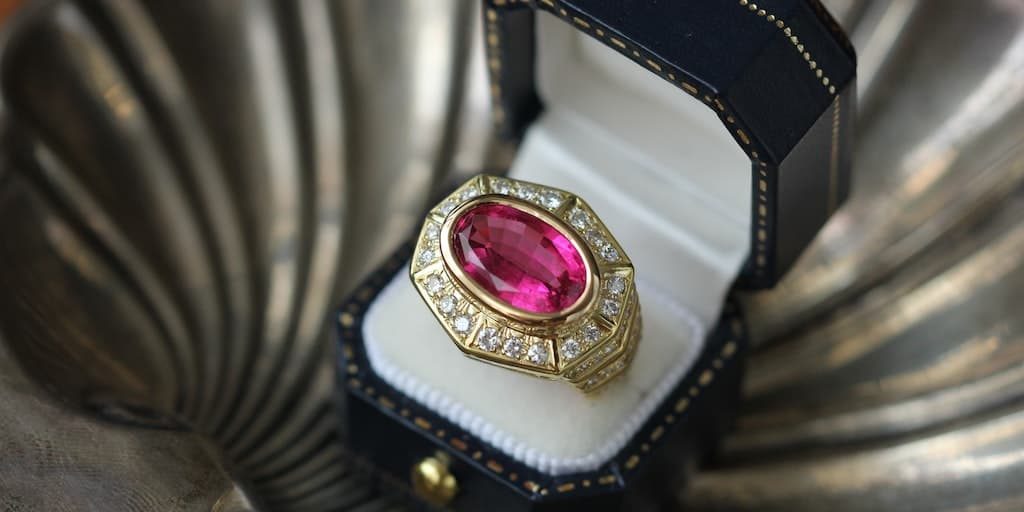
Jewelry product photography requires techniques such as selecting the right angles and perspectives, creating depth, using lighting effectively, working with designers, and creating a consistent visual style and branding.
1. Selecting the right angles and perspectives
Jewelry product photography requires selecting the right angles and perspectives to showcase the jewelry’s best features. Photographers need to experiment with various angles and perspectives to find the most flattering and visually engaging shots. The aim is to highlight the jewelry’s unique qualities and capture the essence of the product, making it more appealing to potential customers.
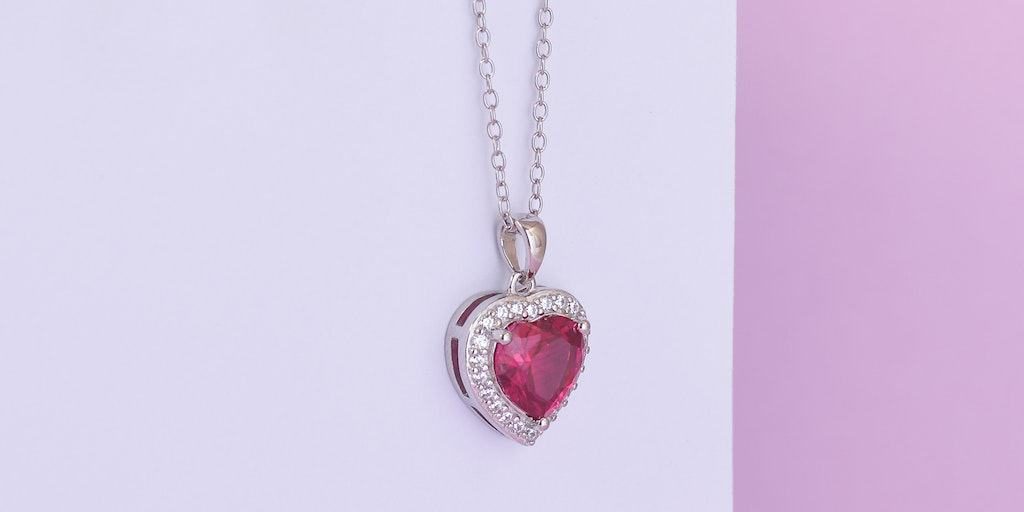
2. Creating depth and visual interest through layering
Layering is a technique used in jewelry product photography to create depth and visual interest. Photographers can use various props, backgrounds, and accessories to add layers that enhance the product’s beauty and appeal. This technique can help add dimension to the image and make the jewelry stand out, leading to increased interest and sales.
3. Using natural and artificial lighting effectively
Lighting is a crucial element in jewelry product photography, and photographers need to use natural and artificial lighting effectively to highlight the jewelry’s details and texture. They can use diffused natural light or artificial lighting techniques, such as diffusers or reflectors, to control and enhance lighting. The aim is to create a visually appealing image that showcases the jewelry’s unique qualities and beauty.
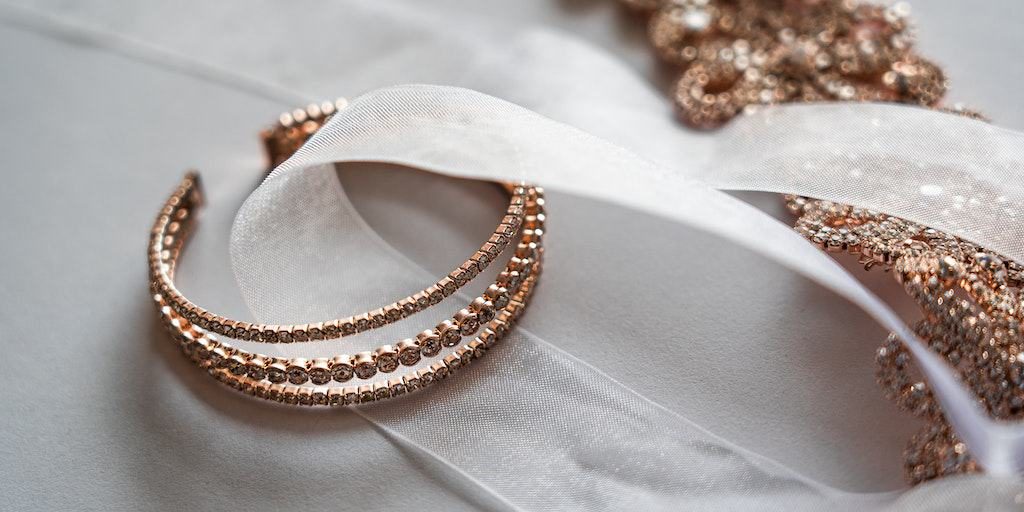
4. Working with jewelry designers and stylists for optimal results
Working with jewelry designers and stylists can help photographers achieve optimal results in jewelry product photography. They can provide guidance on the jewelry’s best features, styling, and composition, leading to better images that accurately represent the product. Collaborating with designers and stylists can help create a cohesive visual identity that resonates with customers and establishes brand recognition.
5. Creating a consistent visual style and branding
Creating a consistent visual style and branding is crucial for establishing a recognizable visual identity in jewelry photography. Photographers need to ensure that their images are consistent in style, color, and tone, creating a cohesive brand image that resonates with customers. This technique can help create a strong brand identity, leading to increased brand recognition and customer loyalty. The aim is to create a consistent visual identity that accurately represents the product and resonates with customers.
In summary, successful jewelry product photography requires techniques such as selecting the right angles and perspectives, creating depth and visual interest, using lighting effectively, working with designers and stylists, and creating a consistent visual style and branding. Applying these techniques can help photographers create visually appealing images that accurately represent the jewelry and attract potential customers.
Post-Processing Techniques for Jewelry Product Photography
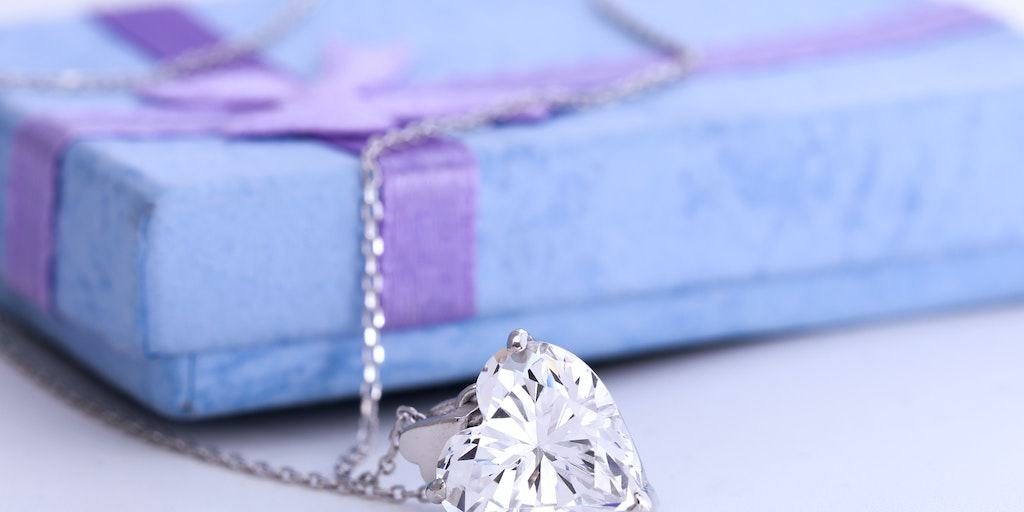
Post-processing is an essential part of jewelry product photography that involves retouching and editing the final images to create visually appealing and high-quality photographs. Post-processing techniques such as retouching, removal of dust, fingerprints, and scratches, color correction, and image resizing and optimization for various platforms are critical for creating the best possible images.
1. Retouching and editing for the final images
Retouching is the process of removing imperfections from the image, such as blemishes, unwanted objects, and distractions. Editing involves adjusting the image’s brightness, contrast, and saturation to create a visually appealing image. In jewelry product photography, retouching and editing are essential for creating a polished and professional-looking image that accurately represents the product.
2. Removal of dust, fingerprints, and scratches
Jewelry products are often prone to dust, fingerprints, and scratches during photography, leading to imperfections in the final image. Post-processing techniques such as dust and scratch removal and retouching tools are used to remove these imperfections, creating a clean and polished image that accurately represents the product. This technique helps create a more visually appealing image that attracts potential customers.
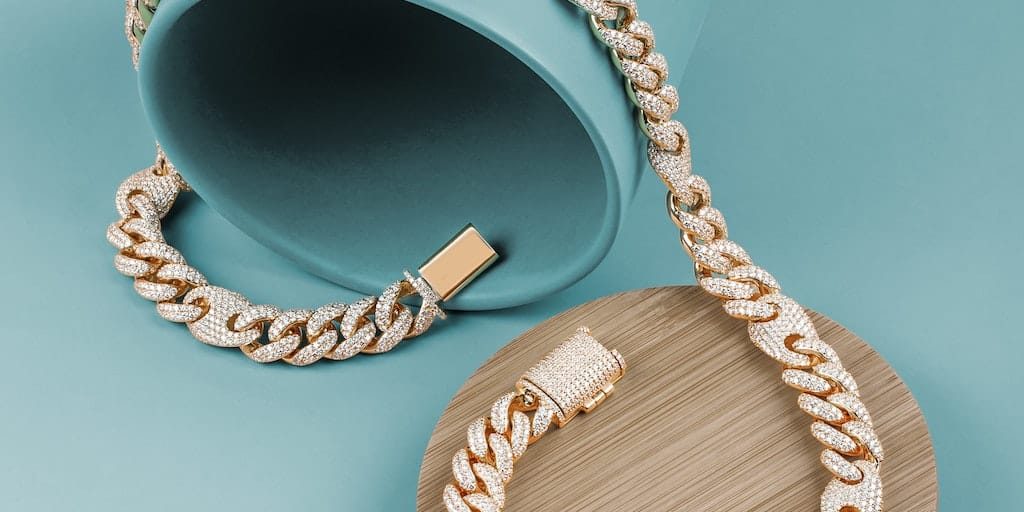
3. Color correction and color grading
Color correction and color grading are post-processing techniques used to adjust the colors and tones of the image. Adjusting the colors and tones of the image is essential for creating a visually appealing image that accurately represents the product. The color correction makes sure that the colors of the jewelry are accurate and consistent across all images, while color grading gives the images a particular look or feel that aligns with the brand and product.
4. Image resizing and optimization for various platforms
Image resizing and optimization are post-processing techniques used to resize and optimize images for various platforms, such as e-commerce websites, social media, and print ads. Jewelry product images need to be optimized to ensure that they are of high quality and load quickly on different platforms. Images that are too large can slow down the website’s loading speed, which can lead to potential customers losing interest and leaving the site. Therefore, resizing and optimizing the images are essential for creating a seamless and enjoyable user experience.
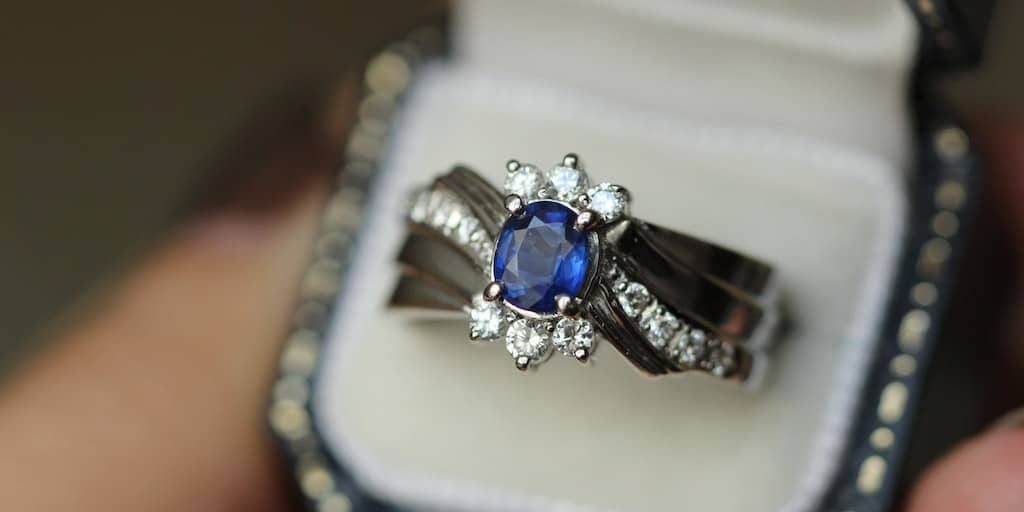
Post-processing techniques such as retouching and editing, removal of dust, fingerprints, and scratches, color correction and grading, and image resizing and optimization are crucial for creating high-quality jewelry product images. These techniques help create visually appealing images that accurately represent the product and resonate with customers. Applying these post-processing techniques can help photographers create high-quality images that attract potential customers, leading to increased interest and sales.
Conclusion
Jewelry product photography requires attention to detail, creativity, and technical skills to create visually appealing and high-quality images that accurately represent the product. Techniques such as selecting the right angles and perspectives, creating depth, using lighting effectively, working with designers and stylists, and post-processing techniques such as retouching, color correction, and image optimization are crucial for creating the best possible images. By applying these techniques, photographers can create images that attract potential customers, leading to increased interest and sales for the jewelry brand.



